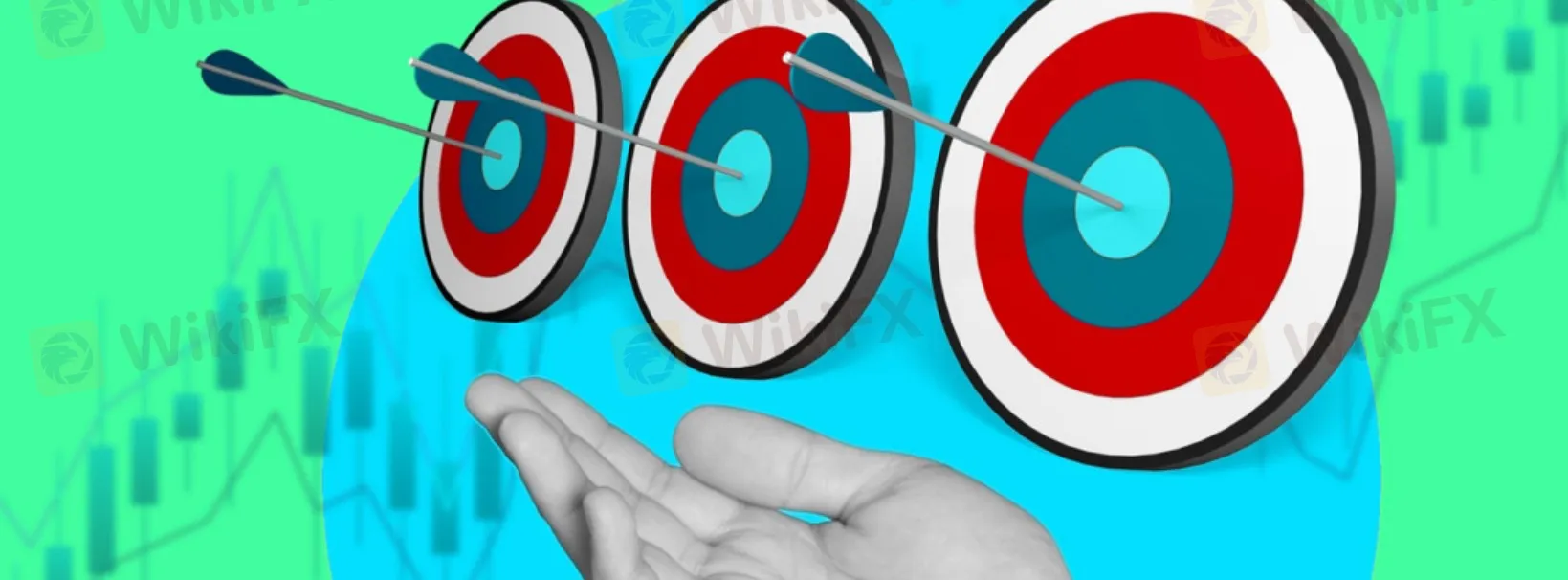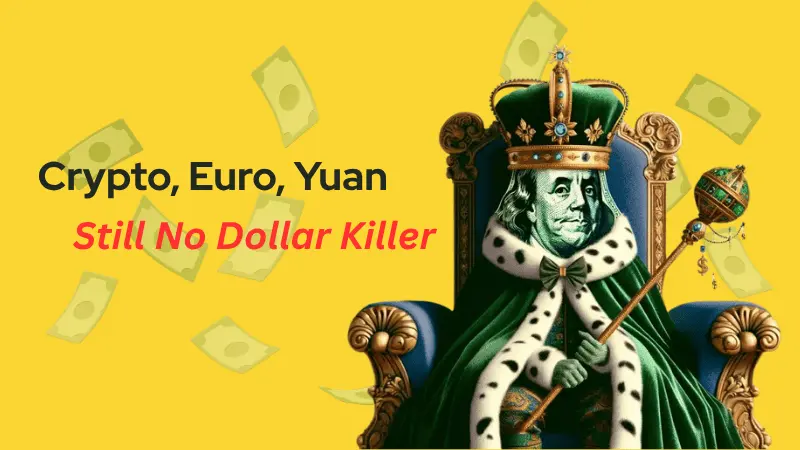简体中文
繁體中文
English
Pусский
日本語
ภาษาไทย
Tiếng Việt
Bahasa Indonesia
Español
हिन्दी
Filippiiniläinen
Français
Deutsch
Português
Türkçe
한국어
العربية
OPEC production cuts to boost future inflation
Abstract:Recall that Energy prices across the globe surged last year when Russia invaded Ukraine, fueling global inflation just as the world’s major economies were beginning to rebalance after the pandemic.

Recall that Energy prices across the globe surged last year when Russia invaded Ukraine, fueling global inflation just as the worlds major economies were beginning to rebalance after the pandemic.
Since then, a drop in energy prices has helped cool US inflation, which has fallen from a 40-year peak of 9.1% in June to 6% in February, year over year, according to the Consumer Price Index.
March CPI numbers were lower than before. This is good news but the drop in inflation is likely to be only temporary. OPEC has recently announced new production cuts sending the price of oil higher. Therefore, the future inflation will be higher than the March numbers show.
Stocks rallied initially after the CPI data indicated a decrease in inflation. However, the market soon lost the earlier momentum, and equity indices ended the session near their daily lows. The S&P 500 dropped by 0.4%, the Nasdaq Composite lost 0.9% and the Dow Jones Industrial Average fell by 0.1%. The yield on the 10-year U.S. Treasury note decreased to 3.419% from 3.433%. Gold (0.56%) continued to rally higher as the USD Index fell 0.62%.
Now that the March CPI report has been released, the market focus is turning to the Fed‘s rate May meeting. Despite the recent challenges in the banking sector, the housing and services sectors have shown improvements in key inflation measures. This gives the Fed some flexibility in its rate-hiking cycle. However, with inflation still hovering above 5%, the Fed’s probably not done hiking yet. The Fed will likely implement one more quarter-point rate hike in May. The central bank needs to signal its commitment to bringing inflation back down to its 2% target.
Some expect, that the Fed is nearing the end of its rate-hiking cycle and is probably getting ready to move to the sidelines. The hope is that this should ease concerns over the possibility of the Fed causing a severe or prolonged downturn in the economy. However, the CPI data was from March and the bad news is that lower energy prices are only temporary. The crude oil market jumped significantly higher last week on Monday following OPEC+s announcement of a production cut, indicating that we should anticipate rising demand.
DAX
DAX rally was rejected which signals that the market is facing some headwinds. This could lead to a corrective move if the nearest key support at 15 655 is violated. A decisive break below the level would probably take DAX first to 15 600 and then to 15 500 on extension. Above yesterdays high, the 15 900 level could come into play.
Gold
Gold is bullish above 2001. Below the level, the market could trade down to 1983. In uptrends, the resistance levels are usually violated so the 2032 resistance is probably taken out. If theres a decisive break above the level, look for a move to 2060.
GBPAUD
GBPAUD is ranging sideways above 1.8536. Below the level, we might see a retracement to 1.8435. The nearest key resistance level is at 1.8700 and above the level the market would be likely to trade to 1.8820 or so.

Disclaimer:
The views in this article only represent the author's personal views, and do not constitute investment advice on this platform. This platform does not guarantee the accuracy, completeness and timeliness of the information in the article, and will not be liable for any loss caused by the use of or reliance on the information in the article.
Read more

Crypto, Euro, Yuan: Still No Dollar Killer
Despite frequent “de-dollarization” headlines, the U.S. dollar remains unrivaled due to unmatched market depth, global usability, and trusted legal/institutional frameworks. Crypto and other currencies (euro, yuan) lack the stability, convertibility, and infrastructure required to replace the USD, while the Fed’s credibility and the scale of U.S. financial markets continue to anchor demand. Bottom line: no alternative currently offers a complete, credible substitute for the dollar’s global role.

100% Tariff Incoming: Trump Announces November Hike on China
The U.S. will impose an additional 100% tariff on Chinese imports starting Nov. 1, 2025—potentially earlier—alongside new export controls on “critical software,” escalating tensions after Beijing’s rare-earth curbs, new port fees, a Qualcomm probe, and a halt to U.S. soybean purchases. Stocks fell on the news. Key context: some U.S.-China tariffs remain paused until Nov. 10, a Supreme Court case could reshape Trump’s tariff authority, new U.S. duties on cabinets (Oct. 1) and wood products (Oct. 14) are in force, and a pause on Mexico tariffs is set to end next month.

What is NFP in Forex? An Insightful Guide for Traders
The Non-farm Payroll (NFP) report may be for the US. However, the report, which is issued every month, impacts the forex market globally. The monthly report estimates the number of jobs gained in the US in the previous month. The job numbers stated on this report exclude those of farms, private households, and non-profit organizations. Usually released on the first Friday of the month, the report also includes the US unemployment rate, average hourly earnings, and participation rate. In this article, we have answered the question - what is NFP in forex - and shared other pertinent details. Read on!

Fed Rate Cuts May Not Happen in July, Markets Await Policy Meeting Minutes Release
Federal Reserve officials had a meeting on June 17-18 during which some of them expressed a fall in interest rates in July. However, a lot of policymakers are still worried about the inflationary pressures that might emerge from US President Donald Trump’s import tariff decisions aimed at changing global trade. So, it seems the rate cut may not happen in July. Read this to know more.
WikiFX Broker
Latest News
Ponzi Scheme Operator Sentenced to 14 Years in Western Australia
Chicago PMI Beats But Remains In 'Contraction' For Second Straught Year
How to Add and Take Out Money from Amillex Broker: A Complete Guide
T4Trade broker Review 2025: Is T4Trade Regulated?
FCA warning: These Firms are on the list
Don’t Get Scammed: A Roundup of Common Online Fraud Tactics in Forex
Dubai VARA Warns Against Vesta Investments
MH Markets Overview: Fees, Platforms, and Regulation
Is MultiBank Group Legit or Scam? A 2025 Regulation Review
Firsttrade Review: Traders Raise Ponzi-Style Scam Concerns, Withdrawal Denials & More Issues
Currency Calculator



